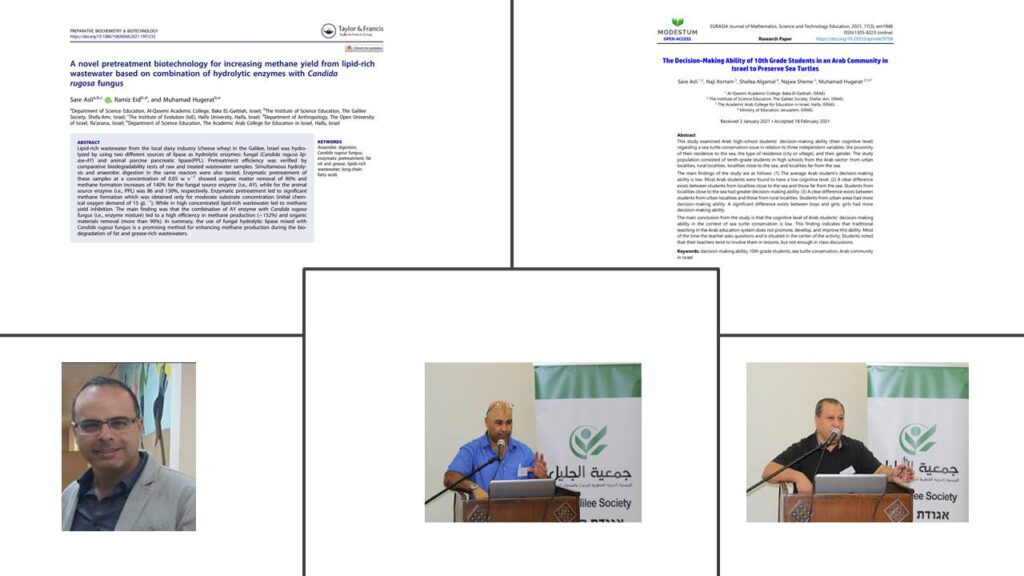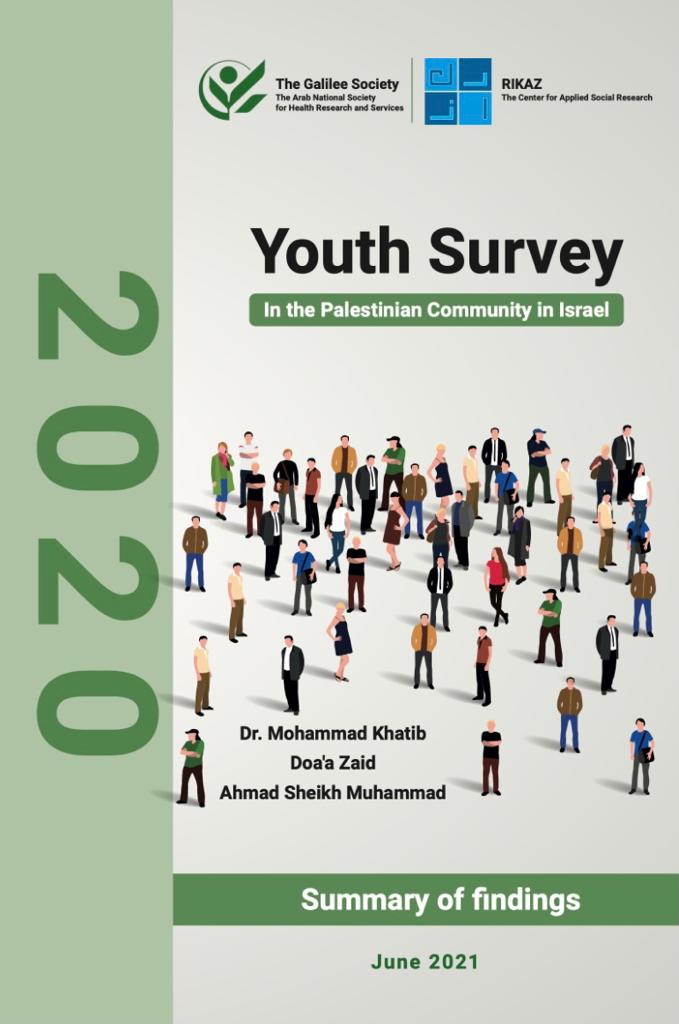Abstract
This study examined Arab high-school students’ decision-making ability (their cognitive level) regarding a sea turtle conservation issue in relation to three independent variables: the proximity of their residence to the sea, the type of residence (city or village), and their gender. The study population consisted of tenth-grade students in high schools from the Arab sector: from urban localities, rural localities, localities close to the sea, and localities far from the sea.
The main findings of the study are as follows: (1) The average Arab student’s decision-making ability is low. Most Arab students were found to have a low cognitive level. (2) A clear difference exists between students from localities close to the sea and those far from the sea. Students from localities close to the sea had greater decision-making ability. (3) A clear difference exists between students from urban localities and those from rural localities. Students from urban areas had more decision-making ability. A significant difference exists between boys and girls: girls had more decision-making ability.
The main conclusion from the study is that the cognitive level of Arab students’ decision-making ability in the context of sea turtle conservation is low. This finding indicates that traditional teaching in the Arab education system does not promote, develop, and improve this ability. Most of the time the teacher asks questions and is situated in the center of the activity. Students noted that their teachers tend to involve them in lessons, but not enough in class discussions.

A novel pretreatment biotechnology for increasing methane yield from lipid-rich wastewater based on combination of hydrolytic enzymes with Candida rugosa fungus
Lipid-rich wastewater from the local dairy industry (cheese whey) in the Galilee, Israel was hydrolyzed by using two different sources of lipase as hydrolytic enzymes: fungal (Candida rogusa lipase-AY) and animal porcine pancreatic lipase(PPL). Pretreatment efficiency was verified by comparative biodegradability tests of raw and treated wastewater samples. Simultaneous hydrolysis and anaerobic digestion in the same reactors were also tested. Enzymatic pretreatment of these samples at a concentration of 0.05 w v−1 showed organic matter removal of 90% and methane formation increases of 140% for the fungal source enzyme (i.e., AY), while for the animal source enzyme (i.e., PPL) was 86 and 130%, respectively. Enzymatic pretreatment led to significant methane formation which was obtained only for moderate substrate concentration (initial chemical oxygen demand of 15 gL−1); While in high concentrated lipid-rich wastewater led to methane yield inhibition. The main finding was that the combination of AY enzyme with Candida rugosa fungus (i.e., enzyme mixture) led to a high efficiency in methane production (+152%) and organic materials removal (more than 90%). In summary, the use of fungal hydrolytic lipase mixed with Candida rugosa fungus is a promising method for enhancing methane production during the biodegradation of fat and grease-rich wastewaters.


